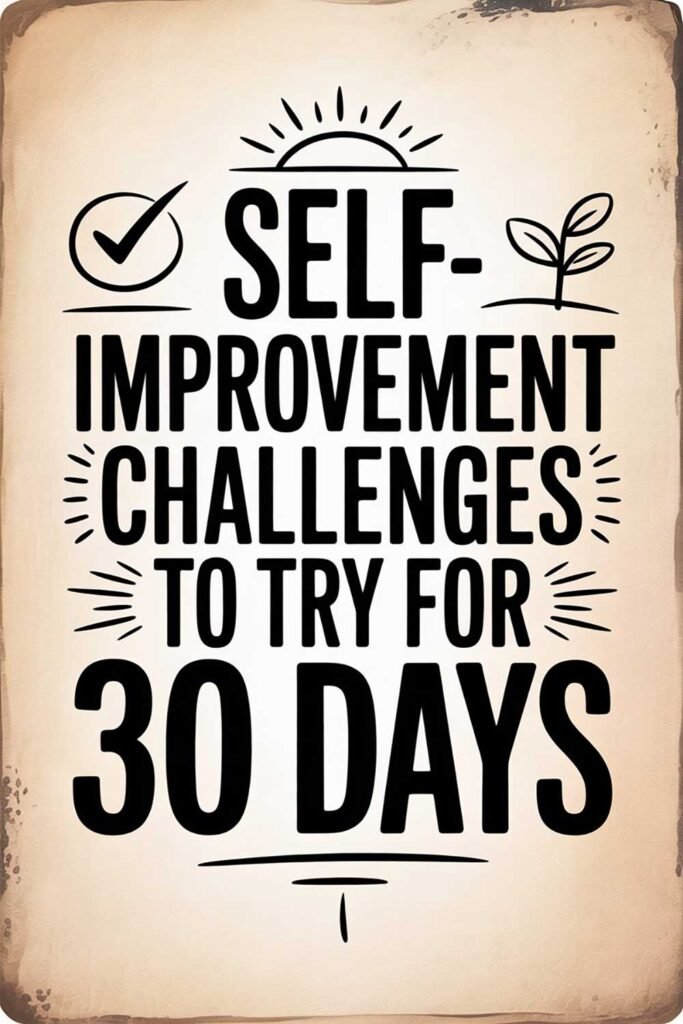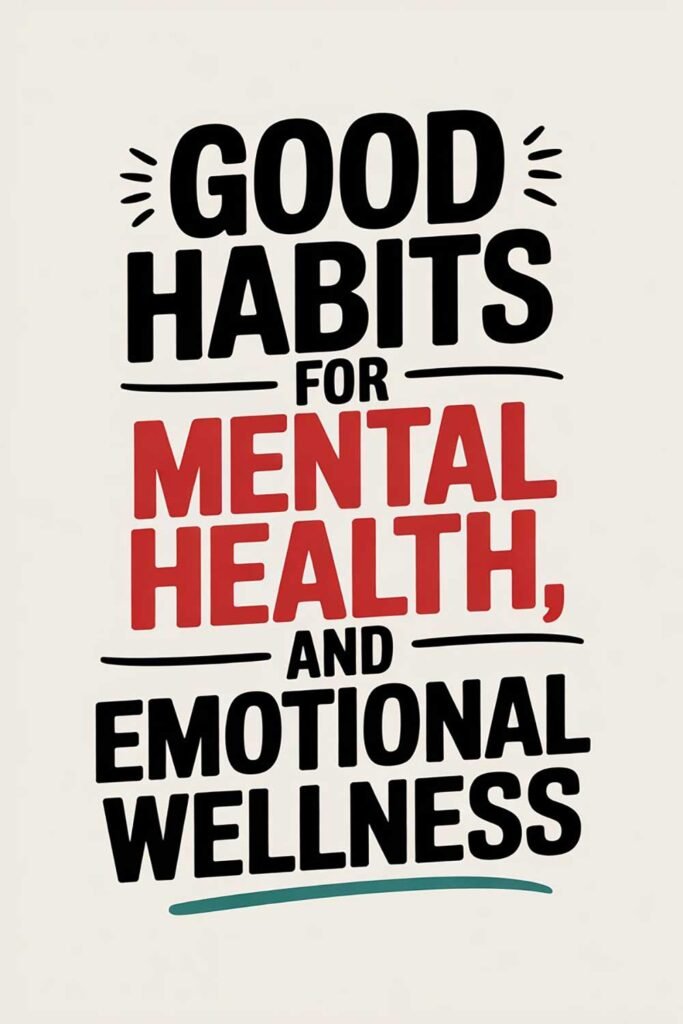Emergency Fund Goals: How Much Should You Save?
Life has a way of throwing unexpected surprises at us: job loss, medical emergencies, car repairs, or even an unexpected home repair. When these moments come, having an emergency fund can be the difference between peace of mind and financial crisis.
But how much should you really save? Is it $1,000? Three months of expenses? Six? More? This guide walks you through exactly how to calculate your emergency fund goal based on your unique circumstances. It will help you understand the “why,” the “how much,” and the “how to start today” in a way that feels doable and empowering.
Why an Emergency Fund Is Essential
An emergency fund is your financial safety net. It gives you the ability to handle life’s curveballs without going into debt, draining your savings, or living in constant anxiety.
Benefits of Having an Emergency Fund:
- Reduces stress and anxiety
- Protects against unexpected expenses
- Prevents debt accumulation
- Builds confidence and financial resilience
A 2023 Bankrate survey found that 57% of Americans can’t afford a $1,000 emergency, which means most people are one crisis away from financial hardship. You don’t have to be one of them.
Step 1: Define What Counts as an Emergency
An emergency is an unexpected, necessary, and urgent expense. It is not:
- A sale at your favorite store
- A vacation
- A new phone upgrade
It is:
- Job loss
- Medical emergency
- Major car repair
- Urgent home repair
- Emergency travel
Step 2: Choose the Right Emergency Fund Goal for You
Starter Emergency Fund (Goal: $500–$1,000)
Perfect for beginners or those currently paying off debt. This small cushion covers most minor emergencies like car breakdowns or co-pays.
Basic Emergency Fund (Goal: 1 Month of Expenses)
A good goal for those with variable income or beginning to grow savings. Covers basic needs if you lose income temporarily.
Full Emergency Fund (Goal: 3–6 Months of Expenses)
Recommended for financial stability. Covers rent, food, bills, insurance, etc., in case of job loss or major emergency.
Advanced Emergency Fund (Goal: 6–12 Months or More)
Great for:
- Freelancers or entrepreneurs with irregular income
- Families with dependents
- Those near retirement or in volatile industries
Step 3: How to Calculate Your Emergency Fund Amount
Start by calculating your essential monthly expenses:
- Rent or mortgage
- Utilities
- Food
- Transportation
- Insurance
- Minimum debt payments
Multiply that by 3–6 months (or more if your situation calls for it).
Example: If your monthly essentials = $2,500
- 3 months = $7,500
- 6 months = $15,000
Step 4: Where to Keep Your Emergency Fund
You want your emergency fund to be:
- Safe (FDIC-insured bank)
- Liquid (easy to access)
- Separate from spending money
Best Options:
- High-yield savings account
- Money market account
- Not your checking account (too tempting to dip into)
Step 5: How to Start Building Today
- Open a Dedicated Emergency Savings Account Give it a nickname like “My Safety Net” or “Peace of Mind Fund.”
- Set a Weekly or Monthly Auto Transfer Start small: $10, $25, or whatever you can afford.
- Save Windfalls Tax refund? Birthday cash? Use part to boost your fund.
- Cut Costs or Sell Items Declutter and sell what you don’t use. Cancel unused subscriptions.
- Celebrate Milestones Treat yourself (for free or cheap!) when you hit $250, $500, $1,000.
Real-Life Example: Michael’s Story
Michael, a 42-year-old single father from Oregon, was hit hard during the pandemic. When his hours were cut, he had no emergency savings. “I had to put everything on credit cards, and it took me two years to dig out.”
Determined not to relive the experience, he set a goal of saving one month’s expenses. He started by saving $10 a week. Over time, he increased his auto-transfer to $50 per week. After 14 months, he reached his goal.
“It gave me breathing room. Now I sleep better at night.”
Real-Life Example: Karina’s Approach
Karina is a freelance designer in Los Angeles. Her income fluctuates monthly, so she aims to save 6–8 months of expenses.
“I save aggressively during high-income months and lean on it when work is slower. It took discipline, but now I feel in control instead of anxious.”
20 Quotes About Emergency Funds and Financial Security
“Save when you don’t need it so it’s there when you do.”
“Your emergency fund is your peace-of-mind fund.”
“The best insurance against life’s surprises is a savings buffer.”
“Preparedness is the calm before the storm.”
“You don’t plan to fail, but you can fail to plan.”
“Financial peace comes not from wealth, but from readiness.”
“An emergency fund turns fear into confidence.”
“Saving money is self-respect in action.”
“It’s not about how much you make, but how much you keep.”
“The rainy day is not a myth. It’s just a matter of when.”
“Security isn’t built in a day, but daily.”
“The future belongs to the financially prepared.”
“Emergency funds are for peace, not panic.”
“Save like your future depends on it—because it does.”
“You earn freedom when you save consistently.”
“A safety net is not a luxury—it’s a necessity.”
“Being ready is better than being lucky.”
“Money in the bank means options in life.”
“An emergency fund is the foundation of financial health.”
“Hope for the best, save for the worst.”
💫 Picture This
You wake up to the news that your car won’t start and needs a $900 repair. In the past, this might have thrown you into panic mode. But today, you calmly log into your savings account labeled “Peace of Mind Fund” and transfer the money to your checking account.
There is no stress. No fear. Just gratitude that you planned ahead.
What would your life feel like if emergencies didn’t have to become financial disasters?
🌟 Please Share This Article
If this article helped you understand how much you should save for your emergency fund, please share it with someone you care about. Spread the knowledge—because we all deserve financial peace.
⚠️ Disclaimer
This article is for informational purposes only and reflects personal experiences and general financial guidance. It does not constitute financial advice. Always consult a licensed professional for personalized recommendations.






